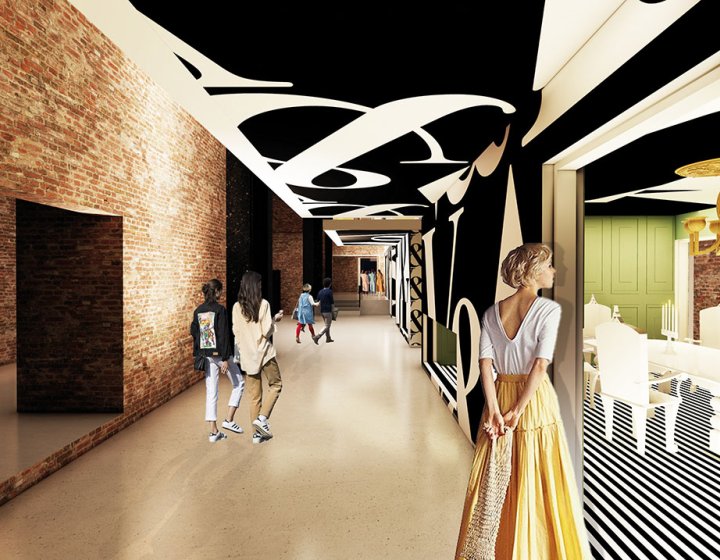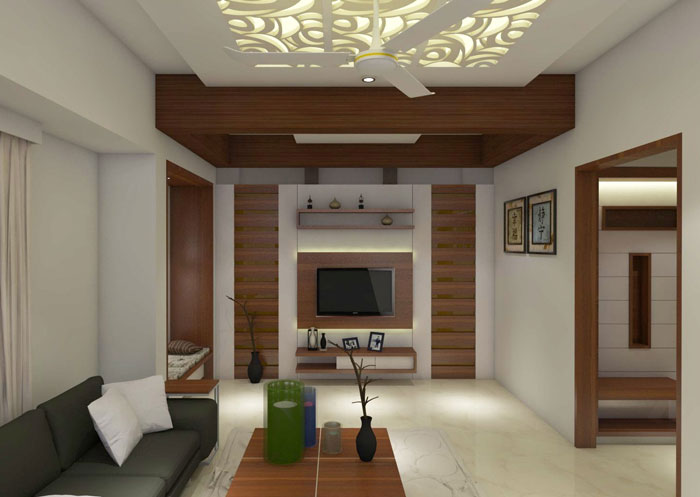The Art of Balance: Exactly How Interior Design and Home Engineer Collaborate for Stunning Outcomes
In the world of home style, striking an equilibrium between appearances and performance is no little feat. This fragile equilibrium is accomplished via the harmonious cooperation between interior developers and architects, each bringing their distinct proficiency to the table. Stay with us as we check out the ins and outs of this collective procedure and its transformative impact on home style.
Comprehending the Core Differences Between Interior Decoration and Home Design
While both Interior Design and home architecture play essential roles in creating cosmetically pleasing and practical rooms, they are naturally different self-controls. Home style mainly concentrates on the architectural elements of the home, such as developing codes, safety and security guidelines, and the physical building of the room. It deals with the 'bones' of the framework, collaborating with spatial dimensions, bearing walls, and roofing system layouts. On the various other hand, Interior Design is more concerned with boosting the visual and sensory experience within that framework. It entails picking and organizing furniture, selecting color pattern, and integrating ornamental components. While they work in tandem, their functions, responsibilities, and locations of competence deviate substantially in the creation of an unified home atmosphere.
The Synergy In Between Home Style and Interior Decoration
The synergy in between home design and Interior Design hinges on a common vision of design and the enhancement of functional aesthetic appeals. When these two fields straighten harmoniously, they can change a home from normal to phenomenal. This collaboration calls for a much deeper understanding of each technique's concepts and the capability to develop a cohesive, cosmetically pleasing environment.
Unifying Layout Vision
Linking the vision for home architecture and Interior Design can produce an unified living area that is both practical and cosmetically pleasing. The balance starts with an integrated state of mind; designers and indoor designers team up, each bringing their expertise. This unison of concepts creates the design vision, a plan that guides the task. This common vision is essential for consistency throughout the home, making certain a liquid transition from exterior style to interior rooms. It advertises a collaborating strategy where building aspects complement Interior Design parts and the other way around. The result is a cohesive living room that mirrors the house owner's individuality, taste, and lifestyle. Hence, unifying the layout vision is vital in blending style and Interior Design for stunning outcomes.
Enhancing Functional Aesthetics
Just how does the synergy in between home style and Interior Design boost functional looks? This synergy allows the production of areas that are not just aesthetically appealing yet also conveniently useful. Architects prepared with their architectural design, guaranteeing that the room is reliable and practical. The interior designer after that enhances this with carefully selected components that boost the visual appeals without jeopardizing the capability. This harmonious collaboration can lead to homes that are both attractive and liveable. A designer might develop a home with high ceilings and big home windows. The indoor developer can after that highlight these attributes with high plants and large drapes, specifically, hence boosting the visual allure while keeping the sensible advantages of all-natural light and space.
Value of Collaboration in Creating Balanced Spaces
The collaboration in between indoor developers and engineers is critical in producing balanced spaces. It brings consistency between layout and architecture, offering birth to areas that are not just visually pleasing but likewise functional. Checking out successful collective strategies can give insights right into how this harmony can be efficiently attained.
Harmonizing Style and Architecture
Balance, a crucial aspect of both interior style and design, can just genuinely be accomplished when these two areas work in harmony. This collective procedure results in a natural, balanced style where every element contributes and has an objective to the general aesthetic. Harmonizing layout and style is not simply regarding creating beautiful rooms, yet regarding crafting spaces that function effortlessly for their residents.
Successful Joint Techniques

Situation Studies: Successful Assimilation of Layout and Design
Analyzing several instance research studies, it emerges how the successful assimilation of Interior Design and design can transform an area. The Glass House in Connecticut, renowned for its minimalistic elegance, is one such instance. Engineer Philip Johnson and indoor designer Mies van der Rohe collaborated to develop a harmonious balance between the framework and the interior, causing a seamless flow from the exterior landscape to the inner living quarters. One more prototype is the Fallingwater Residence in Pennsylvania. Designer Frank Lloyd Wright and interior developer Edgar Kaufmann Jr.'s joint efforts bring about a strikingly one-of-a-kind home that mixes with its natural surroundings. These instance studies underscore the extensive impact of an effective layout and architecture partnership.

Getting Over Difficulties in Design and Style Partnership
Despite the obvious benefits of an effective partnership between Interior Design and architecture, it is not without its obstacles. Communication concerns can develop, as both parties might utilize different terms, understandings, and approaches in their job. This can bring about misconceptions and delays in task completion. One more significant obstacle is the harmonizing act of visual appeals and capability. Architects might focus on structural honesty and safety, while developers concentrate on comfort and design. The assimilation of these objectives can be complicated. In addition, budget and timeline restraints typically include stress, potentially causing rifts in the cooperation. For that reason, efficient interaction, good understanding, and compromise are vital to overcome these difficulties and accomplish a unified and successful cooperation.

Future Fads: The Developing Relationship In Between Home Architects and Interior Designers
As the world of home layout proceeds to progress, so does the connection between designers and indoor developers. why not try these out Alternatively, indoor designers are welcoming technical elements, influencing overall layout and capability. The future guarantees an extra natural, ingenious, and adaptive method to home design, click over here as architects and designers proceed to blur the lines, cultivating a relationship that truly symbolizes the art of equilibrium.
Final thought
The art of balance in home design is attained via the unified partnership in between indoor developers and engineers. An understanding of each other's self-controls, effective communication, and shared vision are vital in producing visually magnificent, useful, and inviting spaces. In spite of challenges, this partnership cultivates growth and technology in design. As the relationship between home engineers and interior designers evolves, it will certainly continue to shape future trends, boosting comfort, efficiency, and individual expression in our space.
While both indoor layout and home design play important functions in developing aesthetically pleasing and practical spaces, they are naturally different self-controls.The synergy in between home style and interior layout lies in a shared vision of design and the enhancement of practical visual appeals.Merging the vision for home architecture and interior layout can produce a harmonious living area that is both useful and visually pleasing. Hence, unifying the layout vision is important in mixing design and indoor design for stunning outcomes.
Exactly how does the harmony in between home architecture and indoor layout improve functional aesthetic appeals? (Winchester architect)